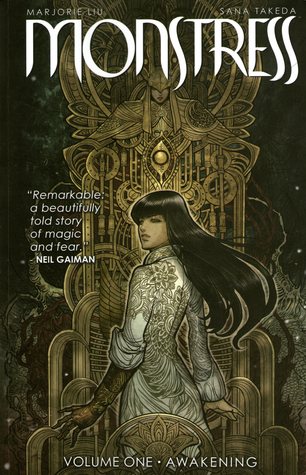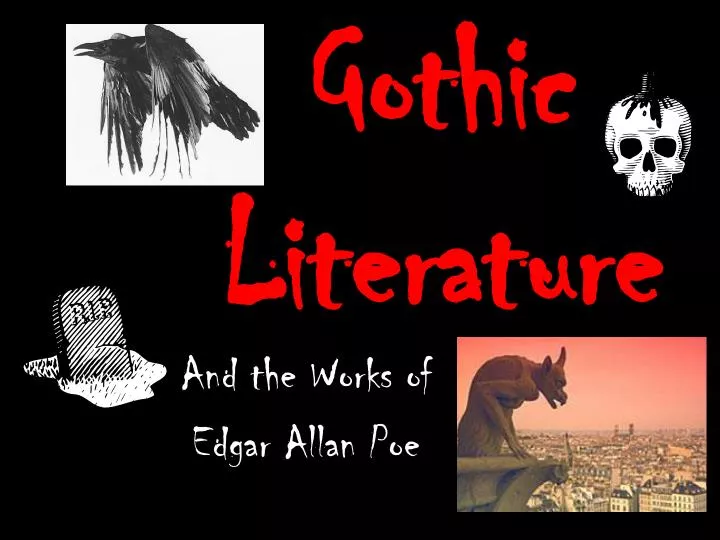

This chapter seeks to read Mike Flanagan's Hush (2016) in the light of a psychoanalytical interpretation that is informed by Dani Cavallaro's (2002) theory about the abandoned child. Hyde (1886), and of course, Frankenstein (1818), and Dracula (1897), will be our guiding thread – but not exclusively. Works like The Island of Doctor Moreau (1896), Dr.

Many have been the times that have welcomed, imagined, explained and valued them, but it is undeniable that Gothic literature was one of the scenarios that made this approach possible because of the innovative and challenging nature of science before the world in general and the individual in particular. Therefore, we intend to delineate the intersections between these two fields of knowledge. The nineteenth century witnessed the obvious boom of such a relationship.

The dialogue between literature and science has travelled multiple paths, immersed in human thought. No one can deny that literature and science, despite having been considered and treated as two different fields of knowledge – and sometimes, unfortunately, opposite – present interesting and complex links, living together, no matter how many times the unjust view of the canon has considered, in several occasions (too many), that they should be analysed differently.


 0 kommentar(er)
0 kommentar(er)
